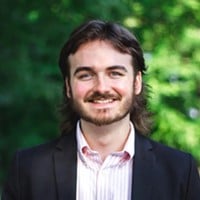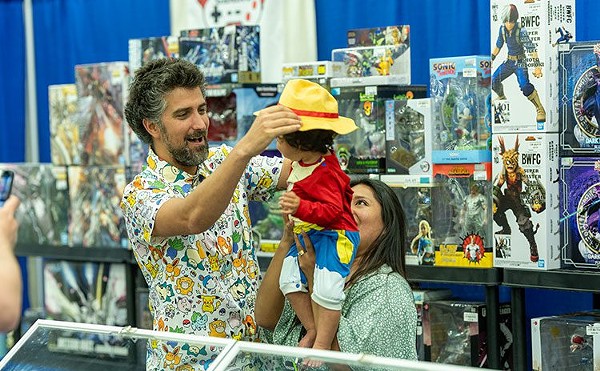A University of Louisville experiment made its way past the Earth’s atmosphere and onto the International Space Station in September 2022, and is set to return this year.
This is part of an effort spearheaded by four J.B. Speed School of Engineering undergraduate students — Benjamin Mitchell, Joellyn Ketron, Abel Alhussainawi and Justin Murphy — as part of their capstone course, to make solar panel energy more efficient with help from NASA. Many experiments are happening on the space station, but the Nano Particle Haloing Suspension experiment aims to advance the efficiency of solar panel technology for use on Earth.
This experiment, along with others highlighted by NASA during its 30th commercial resupply mission, consists of studying how micro and nanoparticles behave, but this is difficult to do on Earth, so the Nano Particle Haloing Suspension apparatus is currently in a “microgravity” environment on the ISS, according to NASA.
The experiment observes how microparticles should arrange together in certain ways when an electric field is applied, and the experiment looks to see if those particles are present when in that assembly.
“Electric fields could be used for precise assembly of particles to enhance quantum-dot synthesized solar cells (QDSS),” NASA stated on its website. “QDSSs use the unique optical properties of quantum dots, which are tiny spheres of semiconductor material that can convert sunlight into energy. Results could support development of more efficient solar cells for use in space and on Earth.”
This means that using electric fields to create a more exact arrangement of solar cells could improve the function of the panels, and how they use sunlight to convert into energy.
According to the experiment description, the main goal of the investigation is to “gain a better understanding of the fundamental mechanisms that govern electrokinetic self-assembly of a bimodal nanoparticle haloing (NPH) solution and… apply these findings for such controlled assembly that would benefit QDSS technologies.”
Essentially, the experiment seeks to create a path to control how these particles arrange themselves to further control output for solar energy.
Dr. Stuart Williams, who oversaw the two undergraduate students’ research before the experiment was sent to space, shared how exciting it was for him and his students to see the project head to the space station.
“It’s like when you cross a finish line, though I know we’re not there yet,” he said in an interview with LEO Weekly. “It’s about the journey, and it’s good that students have that goal in mind, like it’s not just ‘Oh, I’m turning in a paper for a class.’ It’s ‘Oh wait, we can actually have something in outer space.’”
He said the “allure” of having a project go further than the classroom enticed his students to go for a more intense project, adding that the success of the project could help in future research on how to make solar energy more efficient.
“When we look at how these particles interact with each other, we can think of it as a potentially novel manufacturing technique where these particles will assemble in a way that makes it more efficient,” he said. “If we can extract the physics of that, then that will make the solar panels — the quantum-dot synthesized solar cells — more efficient.”
If successful, QDSS technology could be used to make solar energy more efficient.








